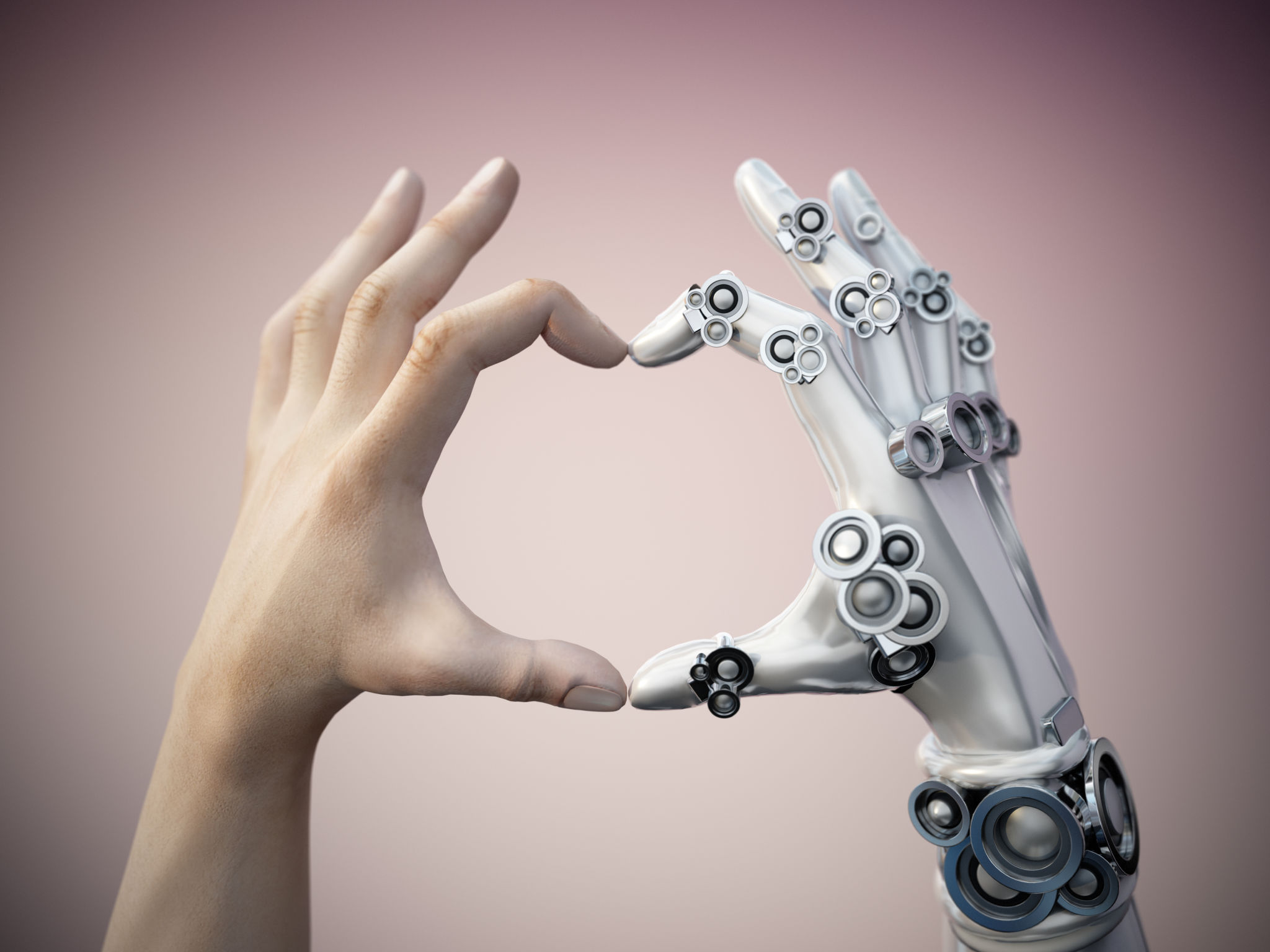Comprehensive Guide to Robotic Solutions for Factory Safety
Introduction to Robotic Solutions in Factory Safety
In today's rapidly evolving industrial landscape, ensuring factory safety has become a critical concern. Traditional safety measures, while effective, often fall short in addressing the dynamic hazards present in modern manufacturing environments. This is where robotic solutions come into play, offering innovative ways to enhance workplace safety and efficiency.

Why Embrace Robotics for Safety?
Robotic solutions provide several advantages that make them indispensable for enhancing safety. They are capable of performing repetitive and dangerous tasks with precision, reducing the risk of human error. Moreover, robots can operate in hazardous conditions without compromising their performance, ensuring continuous productivity while maintaining a safe environment for human workers.
Key Benefits of Robotic Safety Solutions
The integration of robotic solutions in factories offers numerous benefits, including:
- Increased Efficiency: Robots can work around the clock without fatigue, significantly boosting production rates.
- Enhanced Precision: With advanced sensors and programming, robots can perform tasks with exceptional accuracy.
- Risk Mitigation: By handling hazardous tasks, robots reduce the likelihood of workplace injuries.
Types of Robotic Safety Solutions
There are various types of robotic solutions designed to improve factory safety. These include collaborative robots (cobots), autonomous mobile robots (AMRs), and robotic arms equipped with advanced sensors. Each type serves a specific purpose, offering unique features to address different safety challenges within the factory setting.

Collaborative Robots (Cobots)
Cobots are designed to work alongside human workers, enhancing safety through collaboration. They are equipped with sensors and machine learning algorithms that enable them to detect human presence and adjust their actions accordingly. This ensures a safe and efficient working environment where humans and robots can coexist without risk.
Implementing Robotic Solutions for Safety
The successful implementation of robotics in factory safety requires a strategic approach. This involves assessing the specific needs of the factory, selecting appropriate robotic solutions, and ensuring proper training for employees. A well-planned integration not only enhances safety but also maximizes the return on investment.
Training and Employee Engagement
To ensure the seamless adoption of robotic solutions, it's crucial to invest in employee training. Workers should be educated about the functionalities and safety features of the robots they will be working alongside. This engagement fosters a culture of safety and innovation within the organization.

The Future of Robotics in Factory Safety
The future of factory safety lies in the continued advancement of robotic technology. As innovations such as artificial intelligence and machine learning become more integrated into robotics, we can expect even greater enhancements in safety measures. These technologies will enable robots to learn from their environments, adapting to new challenges and further reducing risks.
In conclusion, robotic solutions offer a comprehensive approach to improving factory safety. By embracing these technologies, manufacturers can create safer work environments while enhancing efficiency and productivity. The integration of robotics is not just a trend but a necessity for the future of industrial safety.